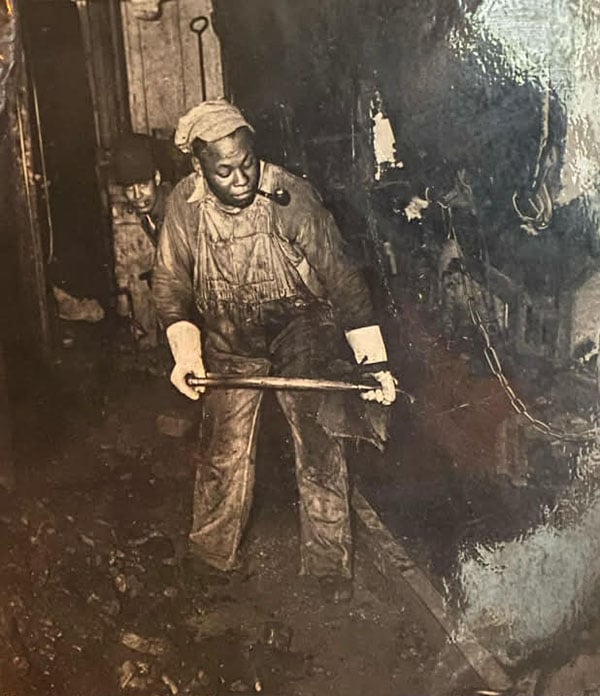
Imagine sitting in the peace and tranquility of a hot tub on the deck of a cabin overlooking the scenic Great Smoky Mountains. As the jets gently massage your tired and weary muscles, you sink farther and farther into a blissful state of relaxation.
OK, stop right there.
If a long soak in a steaming hot tub sounds dreamy, I must bring you back to reality. As it turns out, you can pick up some pretty unpleasant germs in a hot tub.
I know, I know … is anything safe any more? The answer is yes, as long as you always take the proper precautions. Hear me out.
Unlike swimming pools, the warmer temperature of a hot tub makes it much more difficult to maintain the proper disinfectant levels, which can then make the tub a breeding ground for certain heat-loving germs. One of the most common germs found in hot tubs is Pseudomonas aeruginosa, which can result in an infection called Pseudomonas folliculitis, or “hot tub folliculitis.”
I first learned of this creepy-sounding rash from a co-worker who recently took his annual guys and girls trip down to Lake Cumberland. They had rented a cabin with an extra large hot tub that comfortably fit all 10 of them as they soaked the evenings away. It wasn’t until a couple of days after they returned before my co-worker noticed lumps under his armpit. He wasn’t able to connect the all the dots until later when he learned all but one of the 10 people had contracted hot tub folliculitis.
Hot tub folliculitis appears on the skin in the form of a rash, roughly resembling chicken pox, and then develops further to look like pimples. Hot tub folliculitis can be extremely painful and/or itchy. If the rash is aggravated by scratching, it can worsen, spread and last for months. By that point it is much more difficult to treat. The dots usually go away after about seven to 10 days, but the condition sometimes leaves a hyper-pigmented lesion that eventually goes away after a few months.
Just about every year there is a report of an outbreak such as the recent incident in the news this past that occurred this past April 2014. As it turns out, dozens of families visiting a Bakersville, California, cheerleading competition claimed that they contracted the hot tub folliculitis from a hotel in the area. The local health department later investigated and confirmed the outbreak, and the hotel was forced to close the pool and hot tub for 10 days while it was disinfected. Violations were later issued.
According to Centers for Disease Control and Prevention, the water in approximately 60 percent of all public hot tubs is tainted with bacteria. In a study of 5,000 hot tubs, the CDC found that 11 percent of public hot tubs had water quality so poor they were forced to close.
Public hot tubs are subject to inspections from local health departments; however rental cabins and rental homes are not subject to the same scrutiny and many owners are simply unaware of the risk exposure.
However, by law all owners are subject to costly insurance claims which can be prevented or reduced by adhering to a regular schedule of equipment cleaning and maintenance. Hot tub owners must maintain proper water temperature, pH level and disinfectant concentration recommended by manufacturers and public health officials at all times, whether use is light or heavy, and even on days when no one is using the tub.
As a consumer, there are several steps you can take:
‣ Look for hot tub safety postings- Hot tubs available for public use must meet certain sanitary and safety standards and must pass regular health inspections. Each state and local government will vary and may require postings.
‣ Talkto hot tub owners/staff and other hot tub users. Ask to see the health department recent inspection and grade, if it doesn’t pass their inspection the hot tub will have been ordered to shut down. Ask if chlorine and pH levels are checked twice a day and at times of heavy use by trained personnel.
‣ Be on guard if you smell a strong chemical odor. A healthy hot tub has no odor or, perhaps, a slight chemical smell. A strong chemical smell usually indicates a maintenance problem.
‣ Make sure the filtration system is running. If the hot tub equipment is working correctly, the pump and filtration system should be audible. If the water looks murky, it could indicate a problem with the filter.
‣ Make sure the sides of the hot tub are smooth – not slimy – and the tiles are not slippery or sticky.
‣ Lower your risk of infection by avoiding putting your face in the water; Also, if you have an open cut or scrape, take a pass on the hot-tub. Avoid group soaks because the disinfection levels drop.
For those of you who rent direct from private owners of cabins and rental homes, you can take matters into your own hands and purchase test strips at your local pool supply store. For as little as $10 (50 strips), you can make sure the water is safe before you hop in. You’ll need to know which disinfectant — bromine or chlorine that is being used, because the strips are designed to check for levels of one or the other. The strips also measure pH levels. Just dip them into the water and the results show up within 15 seconds or so.
Be safe, my friends.
Keven Moore works in risk management services. He has a bachelor’s degree from University of Kentucky, a master’s from Eastern Kentucky University and 25-plus years of experience in the safety and insurance profession. He lives in Lexington with his family and works out of both the Lexington and Northern Kentucky offices. Keven can be reached at kmoore@roeding.com.






















